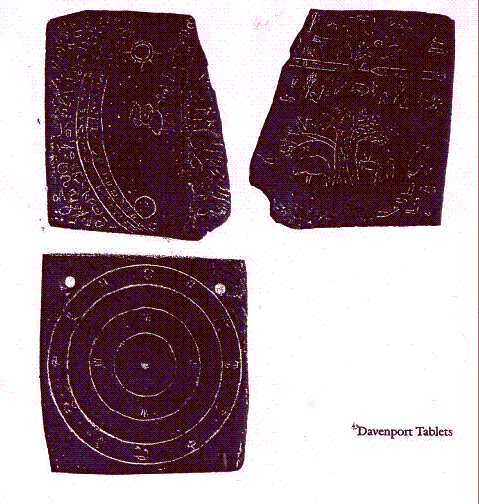Road Trip Through History: The Putnam Museum
My Own True Love and I make a point of visiting local historical museums whenever we’re on the road.* What a museum choses to focus on can tell you how a community or a region defines itself. Even a museum that seems at first glance to be an uncurated (or as autocorrect intriguingly suggests, uncharted) collection of stuff tells a story with the choices it makes.
The Putnam Museum in Davenport is an excellent example of the hybrid natural history/history museum that we occasionally find in smaller cities. As always, the combination is a reminder that a region’s natural history is the basis on which its human history is built.
We spent our time in the museum’s two major exhibits.
The first, titled Black Earth Big River, focuses on the natural history of the area, beginning with the different habitats that make up the area and ending with today’s small city version of an urban environment. I was fascinated by the exhibits dealing with prairie grass and the creation of black earth, which the exhibit dubbed “prairyerth.” This exhibit was a useful counterpart to the story of John Deere’s creation of the self-scouring steel plow: the root patterns of prairie grass are pretty amazing. (Take a look at the illustrations in this Nat Geo piece: Digging Deep Reveals the Intricate World of Roots )
The second, titled River, Prairie and People, began with the geographic history of the region, and then followed the history of humans in the region from the earliest peoples who reached the region through the mid-twentieth century. I was pleased to see a sign at the front of the exhibit asking visitors to help make the museum more inclusive and drawing attention to signs throughout the exhibit marked “New Content,” all of which added stories about women and people of color in the Quad Cities.** In at least one case, a “New Content” sign fleshed out a reference in an existing exhibit, allowing an important woman to appear in her own right who had previously been referred to only as her husband’s wife.
Three stories in particular caught my imagination:
- Alexander Brownlie and his brothers, who were trained masons, created a unique form of sod house. Most sod houses, known as soddies, were made from mats of sod. The Brownlies pounded sod into molds and created firm blocks that were essentially sod bricks. They used them to create sod and clay walls that were a foot thick and could support a two story structure. Luxury living on the prairie!
- During World War II, children collected 25 million pounds of milkweed pods, which were used to fill 1.2 million military life vests. Twenty-six ounces of milkweed floss could keep a 150 pound soldier afloat in salt water for 48 hours. That is a LOT of milkweed.
- In 1877, amateur archeologist Rev. Jacob Gass discovered three inscribed slate tablets in a local burial mound. The tablets, which were inscribed with what he took to be characters of an ancient language depicted a cremation scene, a hunting scene, and an astronomical calendar . Gass believed they were proof that the mounds had been built by an ancient people of European ancestry rather than Native American peoples.*** The Davenport Tablets were initially hailed as an American Rosetta Stone, but scholars, including a team from the Smithsonian, soon began to look at them more carefully, using new techniques that would help change the nature of archeological study. The final consensus was the the tablets were frauds. Oddly, there is reason to believe that Gass was the victim of the fraud, which was perpetrated by members of the Davenport Academy of Sciences as a way to embarrass Gass. Which seems like an odd thing for adult scientists to do.
* In fact, my love affair with local historical museums dates from high school. My friends and I hung out at the local historical museum the way the kids from Happy Days hung out at Al’s Diner. But that’s a whole different story.
**This is becoming more and more common in the museums we visit, and I, for one am mighty happy to see it.
***A popular idea at the time. And by European, they meant ancient Egyptian. Don’t get me started.





